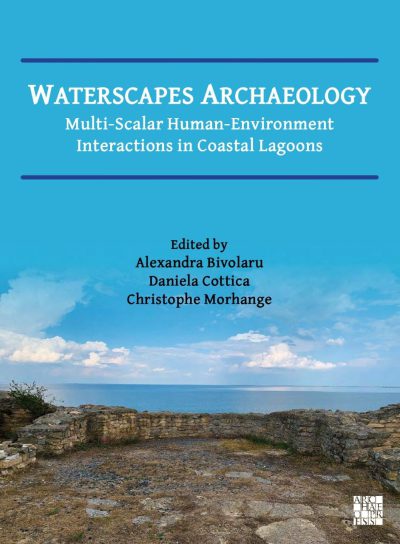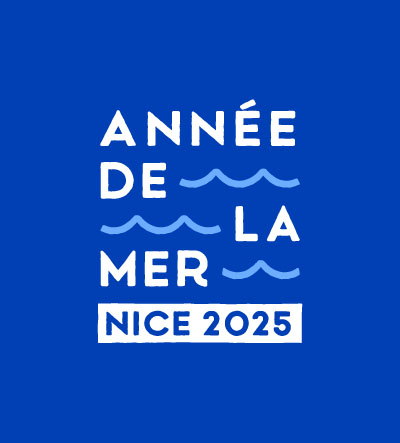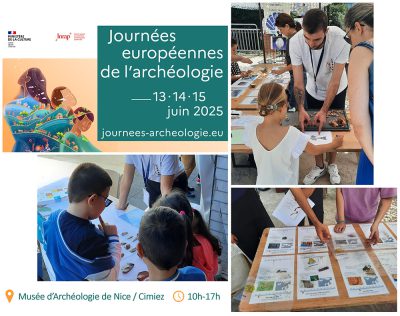Article sur le site de l’éditeur : https://onlinelibrary.wiley.com/doi/full/10.1111/aae.12168
HAL : https://hal.archives-ouvertes.fr/hal-03042019
In order to understand the role of water resources in the establishment and long‐term evolution of settlements investigated by the French Archaeological Mission in the UAE in the oasis of Masāfī, wells and springs of all periods, identified at the surface and in stratified contexts, were mapped and studied thanks to a multidisciplinary approach combining archaeology, geomorphology, geoarchaeology and ethnography. Our study demonstrates that:
- The Masāfī oasis was located in a specific geological setting entailing the accumulation of groundwater resources at reachable depth.
- The groundwater resources remained rather stable from the mid‐second millennium BC to the second half of the twentieth century AD. In this respect, the apparent abandonment of the oasis during some periods cannot be explained by water depletion.
- The groundwater resources have decreased sharply since the second half of the twentieth century AD, due to the introduction of new water extraction technologies, motor pumps and then drillings, as a result of the modernisation and industrialisation of UAE economy.
Our study also stresses the importance of well and spring irrigation in the development of the sedentary settlements in south‐eastern Arabia, technologies that have often been neglected in the regional archaeological literature in favour of the qanāt.




